Just announced: the Museum of Fine Arts, Houston, has chosen Gary Tinterow, longtime curator at the Metropolitan Museum, as its new director — replacing the late Peter Marzio.
Here’s a link to the news, and here’s one to my last post on the subject.
The New York Times now has the story as well.
And here is the link to the museum’s press release.
Tinterow’s move will be good for both museums.

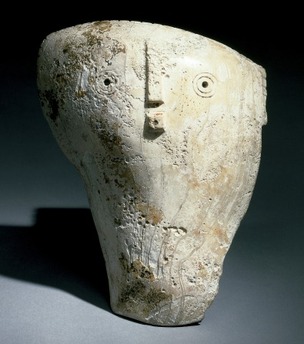
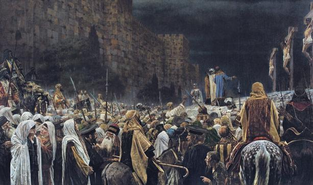

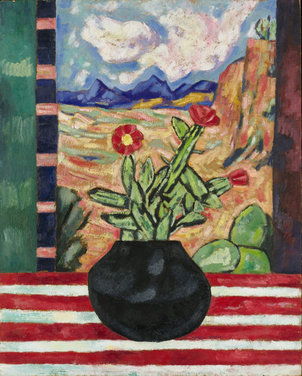
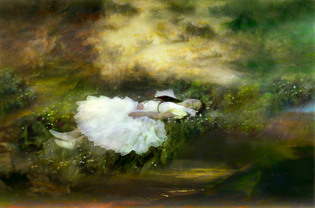
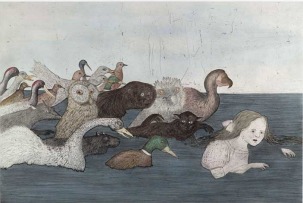 The exhibition goes to the source: Carroll’s original 1864 manuscript, which he wrote and illustrated as a gift for ten-year-old Alice Liddell; it’s on loan from the British Library. The images were, as the Tate says, “central to the story, creating a visual world which took on a life of its own.” Carroll’s drawings and photographs, as well as Victorian Alice memorabilia (biscuit tins, tea tins, figurines, etc.) and John Tenniel’s preliminary drawings for the first edition of the novel, are on view.
The exhibition goes to the source: Carroll’s original 1864 manuscript, which he wrote and illustrated as a gift for ten-year-old Alice Liddell; it’s on loan from the British Library. The images were, as the Tate says, “central to the story, creating a visual world which took on a life of its own.” Carroll’s drawings and photographs, as well as Victorian Alice memorabilia (biscuit tins, tea tins, figurines, etc.) and John Tenniel’s preliminary drawings for the first edition of the novel, are on view.